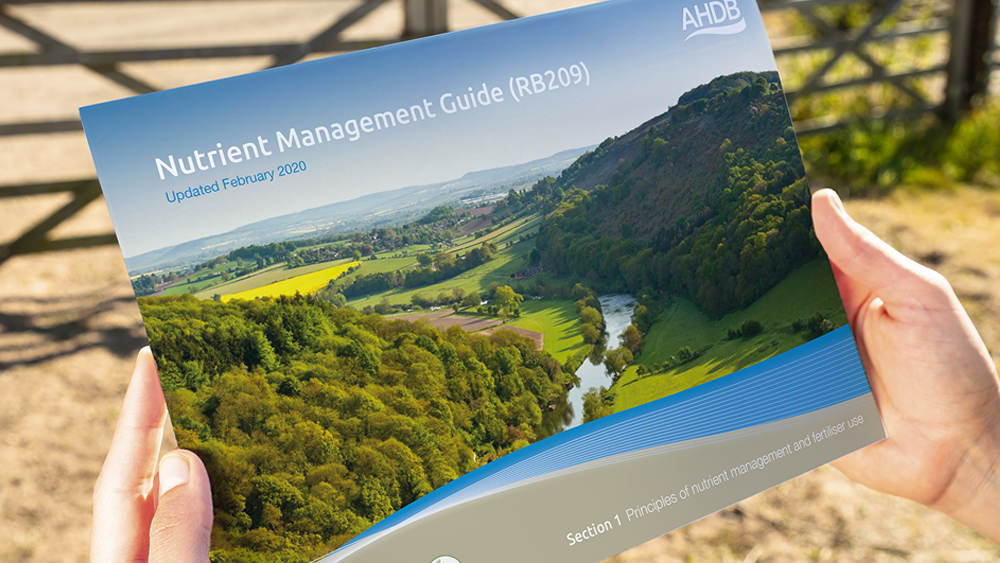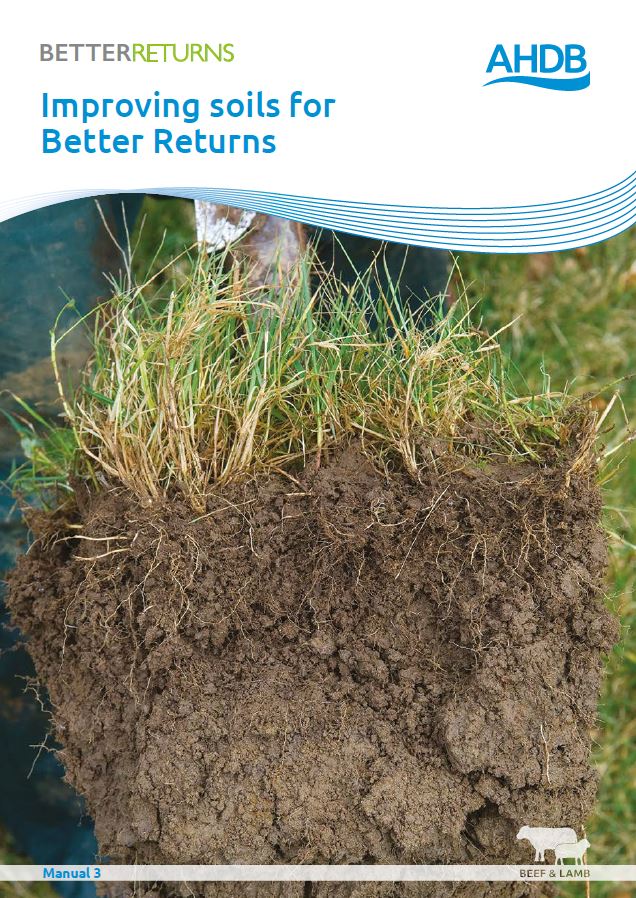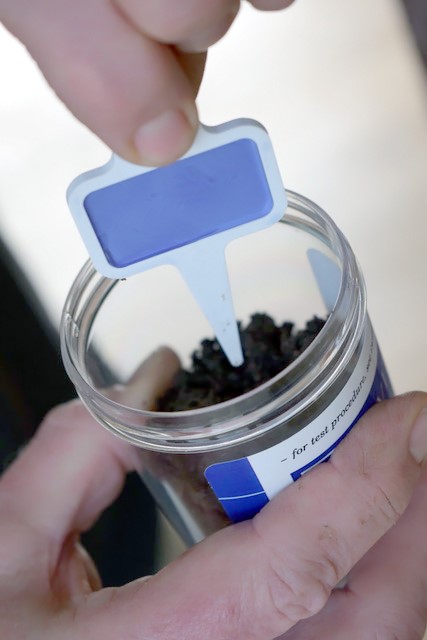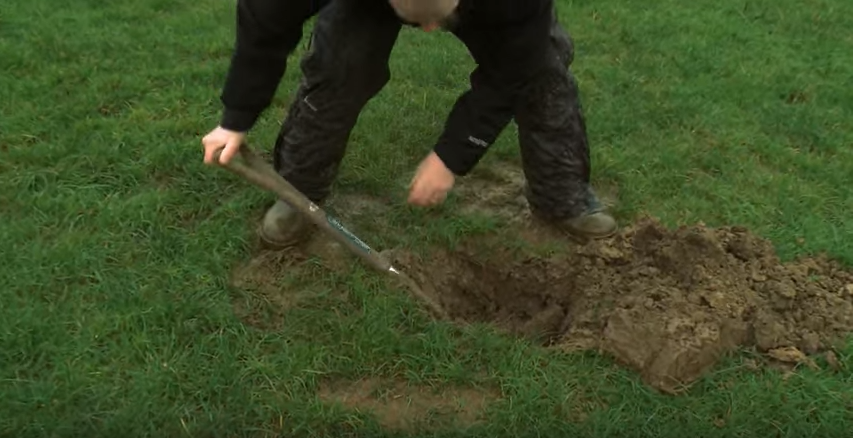- Home
- Knowledge library
- Improving soil management
Improving soil management
Summary
Soil management underpins grassland and forage crop performance. Healthy grassland soil is essential for a productive grassland system.
AHDB Dairy soils research addresses soil structure, optimum use of slurry and anaerobic digestate during the grazing season, validating the most recent fertiliser recommendations (RB209) for grassland and soil health and biology.
- Soil compaction and alleviation
Key messages:
- Compaction increases soil bulk density by 20% on heavy soils which reduces pore spaces for air movement
- Compaction increases water retention in the soil by 14% through the season
- Compaction caused by animal trampling reduces grass DM yield by 14%
- Compaction caused by tractor wheelings reduces grass DM yield by 22%
- If your soils are compacted attempt to reduce stocking pressure in wet conditions and limit tractor traffic to allow soils to recover.
- Assess soils using the Healthy Grassland Soils to asses soil down to a depth of 25cm for compaction problems and to determine best approach of alleviating issue.
- Aeration can be beneficial to soil structure to improve both pore space and water drainage but can also reduce grass yield by up to 22%. Assessing soils to ensure aeration is needed is key to avoid unnecessary yield penalties.
- Sward lifting on soil that had no obvious compaction reduced the DM yield by 13.2% and incur a cost for use.
2. Soil compaction and greenhouse gas emissions
Key messages:
- Soil compaction (especially from machinery compaction) increased emissions of nitrous oxide from microbial population in the soil from grassland
- This was not consistent across soil types with heavier soil producing greater levels than the lighter soil
- The use of nitrification inhibitor did significantly reduce nitrous oxide emissions but only accounted for a saving of up to 1.5 kg N ha and at the time of the study was cost neutral at best
- Soil alleviation results in increased emissions of nitrous oxide initially, especially is the soil does not have a problem with compaction.
3. Grassland variation and monitoring grass growth through precision technology
Key messages:
- Satellite NDVI images were not of sufficient resolution to account for the variation within a grassland field and so would not currently be of use to direct subsequent fertiliser applications
- NDVI sensor and the ultrasonic grass height sensor could be used to measure differences in DM yield across a field however, further equations need to be developed
- The ultrasonic grass height sensor would need a greater number of measurements to account for field variability compared to a rising plate meter
- None of the technologies tested gave a more accurate or reliable estimate of grass DM yield than the rising plate meter
4. Controlled traffic farming (CTF)
CTF is a management tool used to reduce the damage to soils caused by heavy/repeated passing of machinery.
Key messages:
- CTF management use over three silage cuts increased DM yield by 13.5% (0.8 t/ha) compared to the use of a conventional traffic system
- The increased number of passes of a vehicle increases soil bulk density by 15 to 18% for 6+ passes compared to zero passes
- Applying simple changes and using existing equipment together with vehicle auto-guidance, the CTF system reduced the area covered by vehicle wheelings by 57% compared to conventional traffic system
- Depending on the width of the CTF system applied, trafficked area could be reduced by between 13 and 40%
- Assuming an average increase in DM yield of 13%, from the absence of wheel damage, for 2 and 3 cut silage systems in the UK. Assuming a dry matter value of £72/t DM, the above yield increases are currently valued at between £38 ha and £98 ha.
- The cost of low accuracy and non-repeatable positioning manual steered systems is calculated at less than £18.70 ha for grassland areas in excess of 100 ha and £85.50 ha for fully integrated, high accuracy systems for grassland areas in excess of 200ha. This cost reduces to £11.40 ha for areas greater than 1500 ha cut.
For further information the report is available.
Downloads
41110026 final report 2016About this project
Aims and Objectives
- Soil compaction and alleviation
- To determine the effect of soil compaction from animal trampling or machinery wheeling’s on grass yield and quality
- To look into the effect of aerating and sward lifting on improving grass yield and quality on compacted soils
- To study the effect of natural recovery of compacted soil to improve soil structure and grass yield.
2. Soil compaction and greenhouse gas emissions
- To assess the impact of soil compaction and alleviation methods on greenhouse gas emissions
3. Grassland variation and monitoring grass growth through precision technology
- To assess measurements from NDVI satellite image on field variation
- To evaluate precision technologies for monitoring grass growth in both grazing and silage cut systems
- To compare precision technologies with established methods of measuring grass growth i.e. rising plate meter
4. Controlled traffic farming (CTF)
- To devise and demonstrate an Controlled Traffic system for grassland
- To determine the effect of repeated traffic of a ‘traditional’ management system on the within-field variation and overall yield of grassland silage yield through a season
- To identify patterns of controlled traffic that will result in a net yield benefit and include other vehicles and trailer sizes and axle widths
- To determine the potential economic and environmental benefits of controlled traffic farming systems





